Now that you’ve saved for your downpayment, you are ready to buy your dream car. You will give it a name and treasure it forever. Unfortunately, first, you need to secure the car loan. You have a few options from whom to get your loan from. Let’s take a look at the differences and which one is best for you.

jack8/shutterstock.com
Traditional Bank Car Loan

The first option is to get the financing yourself before you go to the car dealership. Essentially, you are dealing directly with the bank lender. You are seeking pre-qualification for a loan to get a lump sum to purchase your car. They will “pre-approve” you for the loan amount and give you a quote or a conditional letter before you go to the dealership. Once you have your financing secure, you will know exactly what you can afford and how high you can go in negotiations at the dealership.
Bank Loan Through the Dealership
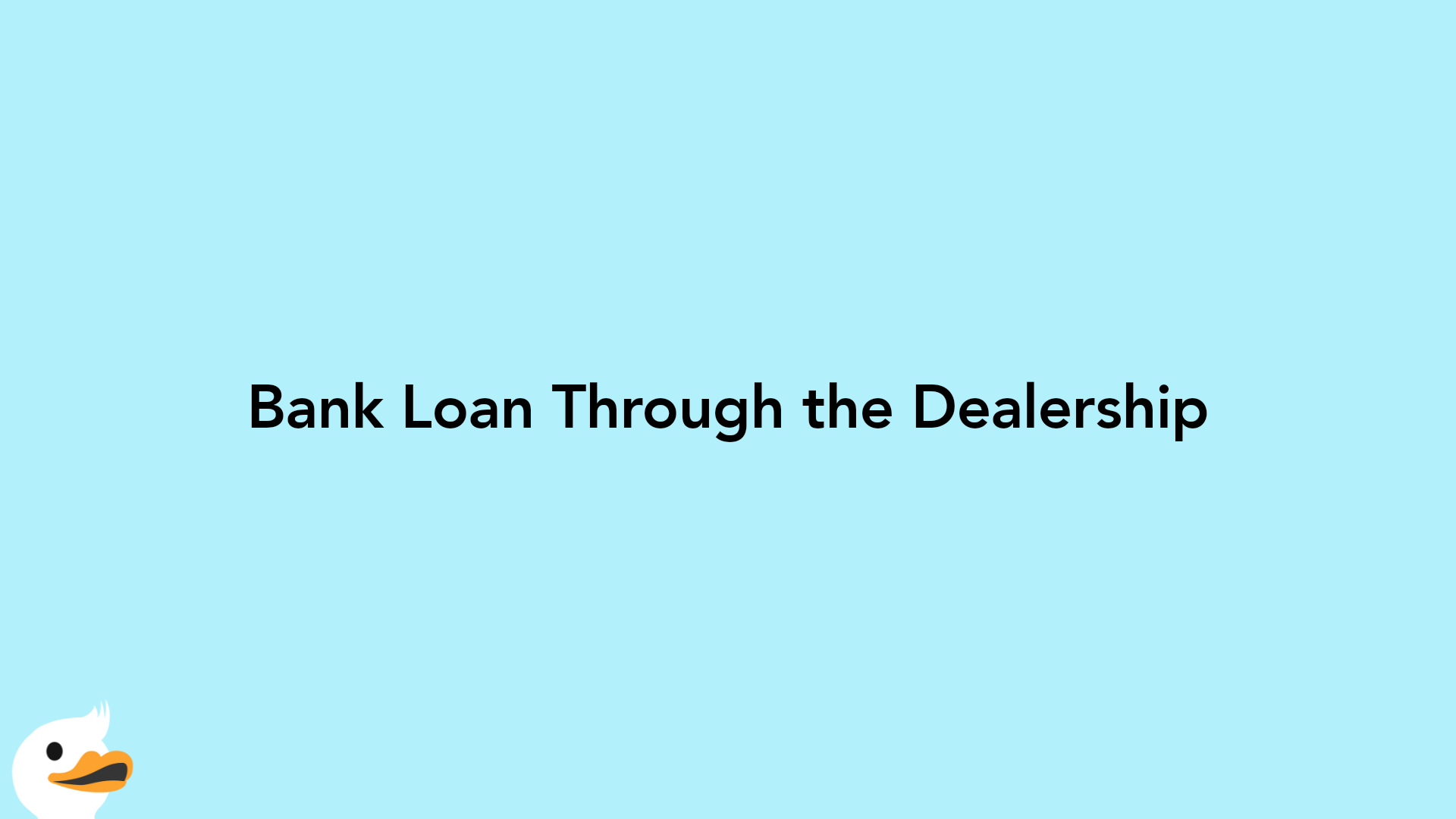
This is known as dealer-arranged financing. Each dealership customarily has some type of prior relationship with a variety of banks. The dealer collects your information and forwards it to prospective bank lenders. The lender authorizes or quotes an interest rate to the dealer, known as the “buy rate.” The dealer then adds their “kickback,” which is the dealer’s percentage of profit, ordinarily about two to four points added to the "buy rate." The consumer sees the total interest rate, which is the “buy rate” plus the “kickback.” Finally, the consumer will then be able to select one of the loans from a few different banks.
Because dealers add their "kickbacks" to the "buy rate," there is some wiggle room in that number. You should always ask or negotiate for a loan with better terms.
Dealer Financing
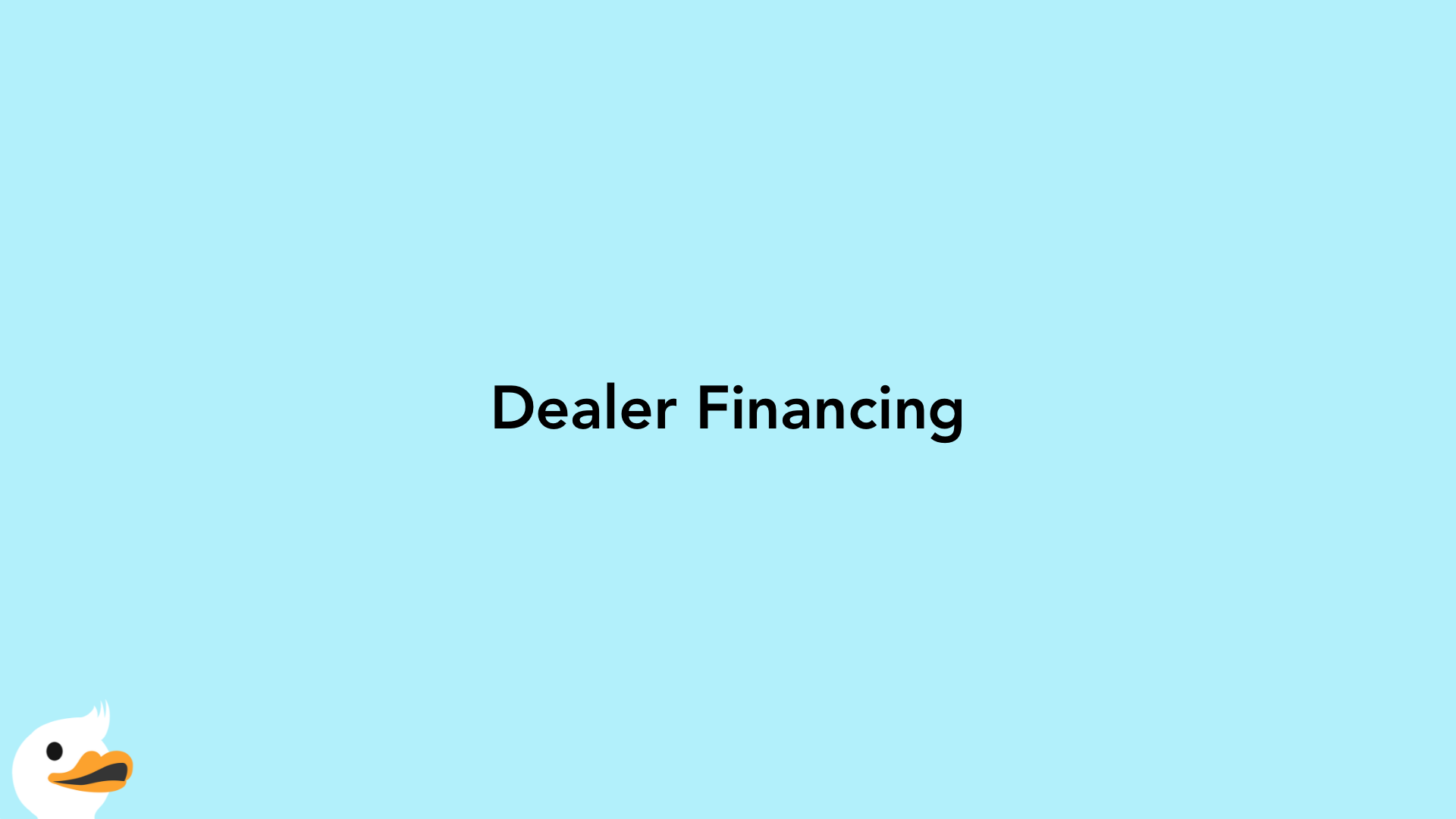
The car dealer’s in-house financing package is also known as “buy here, pay here” or "no credit, no problem." This type of financing means that the dealership does not rely on outside lenders to provide financing. They handle everything. One perk of financing through the dealer is that they generally accept all kinds of credit scores. In other words, someone with a poor credit rating would still be able to take out a car loan, not through a bank but a line of credit from the dealership themselves. This type of loan is called “a subprime loan.” This is a loan offered at a higher interest rate for individuals who do not qualify for prime rate loans. These borrowers are often turned away from traditional lenders, such as banks, because of their low credit ratings and other factors that suggest they have a reasonable chance of defaulting on the debt.
Many dealers offer the balloon scheme payment. The loan excludes the Preferential Additional Registration Fee or PARF. Therefore, you’d only need to pay interest and installments on less than you would with a conventional car loan from the bank. This essentially reduces your repayments. That sounds like a fantastic idea! However, you need to look at the loan tenure. If the loan term is longer, it will cost you in the interest payments. Another thing to consider is what happens in the event you want to sell the car before you finish paying the loan. You would face higher early settlement penalties as well as the extremely high interest rates. Furthermore, at the end of your term, you will need to pay back the PARF value which is quite a large sum and may be difficult to save while repaying the loan at the same time.
Tips for Financing Your Car Loan

Tip 1: Make a budget
There are a lot of variables and unknowns when shopping for car loans. Always decide what your budget is before applying for a loan. Make sure to take into account the maintenance costs, insurance costs, taxes, and other bills that come with owning a vehicle. According to the Singapore government’s Ministry of Communications and Information, the amount you will likely pay for your car is approximately S$14,000 annually. This number includes road tax, insurance, auto repairs, petrol, parking, and electronic road pricing or ERP. Some of these costs are monthly and some are sporadic. However, don’t let these expenses sneak up on you and throw off your monthly car loan repayment.
If you are opting to do dealer financing, make sure to budget enough to save for the PAFR payment at the end of your term loan. The last payment can sneak up on you. If you don't have enough money for the PAFR payment and cannot make arrangements to do so, you may lose your car and even all the interest and payments you have made all those years. Moreover, knowing these numbers will give you a more comprehensive understanding of what monthly payment you can truly afford. Additionally, just a fun fact, experts say that it is best to keep your auto costs to less than 20% of your monthly income.
Tip 2: Keep the loan tenure as short as you can afford
Remember that banks are businesses. They make more money the longer your loan is. The lower your monthly payment is, the longer your loan tenure will be, the more interest you will end up paying overall. You will always need to pay back the principal amount. Therefore, if you extend the loan and reduce the monthly payment amount, you are just dragging the payments out and tacking on additional interest payments along with it.
Knowing this, when you walk into a dealership or the bank, the representative may show you lower and lower payments by extending the term of your bank but not actually reducing the price of the car. The loan simply seems more and more affordable. Don’t fall for this savvy sales representative's selling tactic. Furthermore, cars are not an investment. They depreciate incredibly fast. Consequently, the longer your loan is, the less value your car will have. Always try to pay your car off as fast as you can, ideally in about 48 months.
Tip 3: Do not finance the taxes, fees, and extras
Since you are already saving for your downpayment, save some extra cash to pay for any taxes and fees that the dealer may tack on, such as a document fee or an administrative fee. Do not finance these miscellaneous expenses because if you do, these expenses will suddenly become more expensive when the interest is added to it.
Tip 4: Fix errors in your credit report
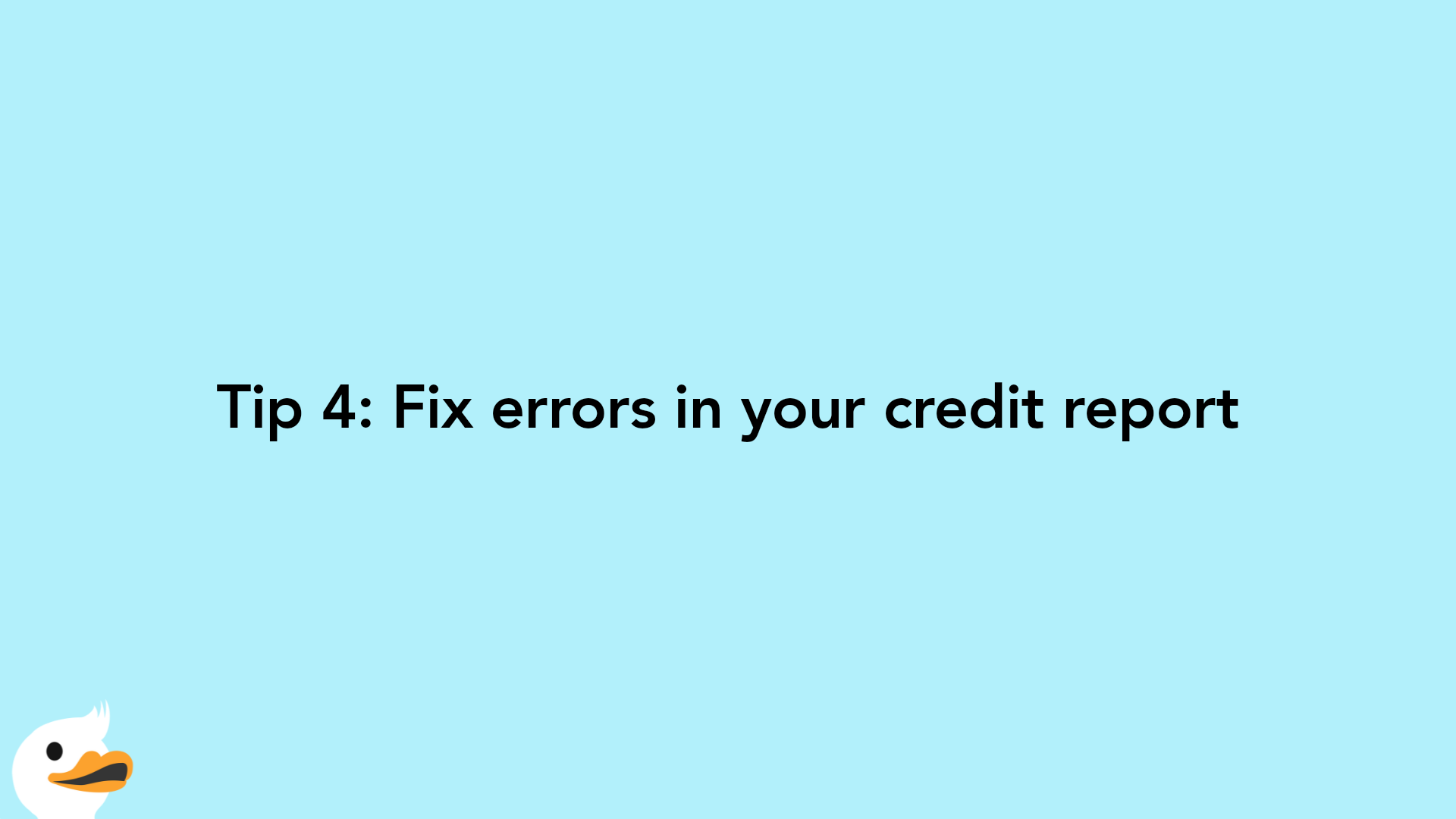
Before going to the bank or dealer, request a copy of your credit report. Ideally, you would do this way in advance so that you can fix any errors in your credit history. All lenders will look at your report to determine your interest rate. Of course, with dealer financing, it is not as important. However, you always want your credit profile to be in tip-top shape before getting a quote anywhere.
Final Thoughts

It’s always smart to shop around and compare rates and terms from different lenders before committing to a loan. The dealer’s in-house financing option is good for borrowers who have less than stellar credit and prefer the convenience of one-stop shopping. Between getting a loan through the dealer versus getting a loan directly from the bank, borrowers who choose to secure their financing themselves through a bank usually come out on top with lower interest rates.
However, you will need all the correct documentation and a good to excellent credit score to qualify for the traditional car loan. Whichever option you choose, make sure you can afford the monthly payment. If you miss a payment, your interest rate may increase and you will need to pay the late fee penalty. Always read the terms and conditions of your loan before signing on the dotted line and driving away in your new vehicle!

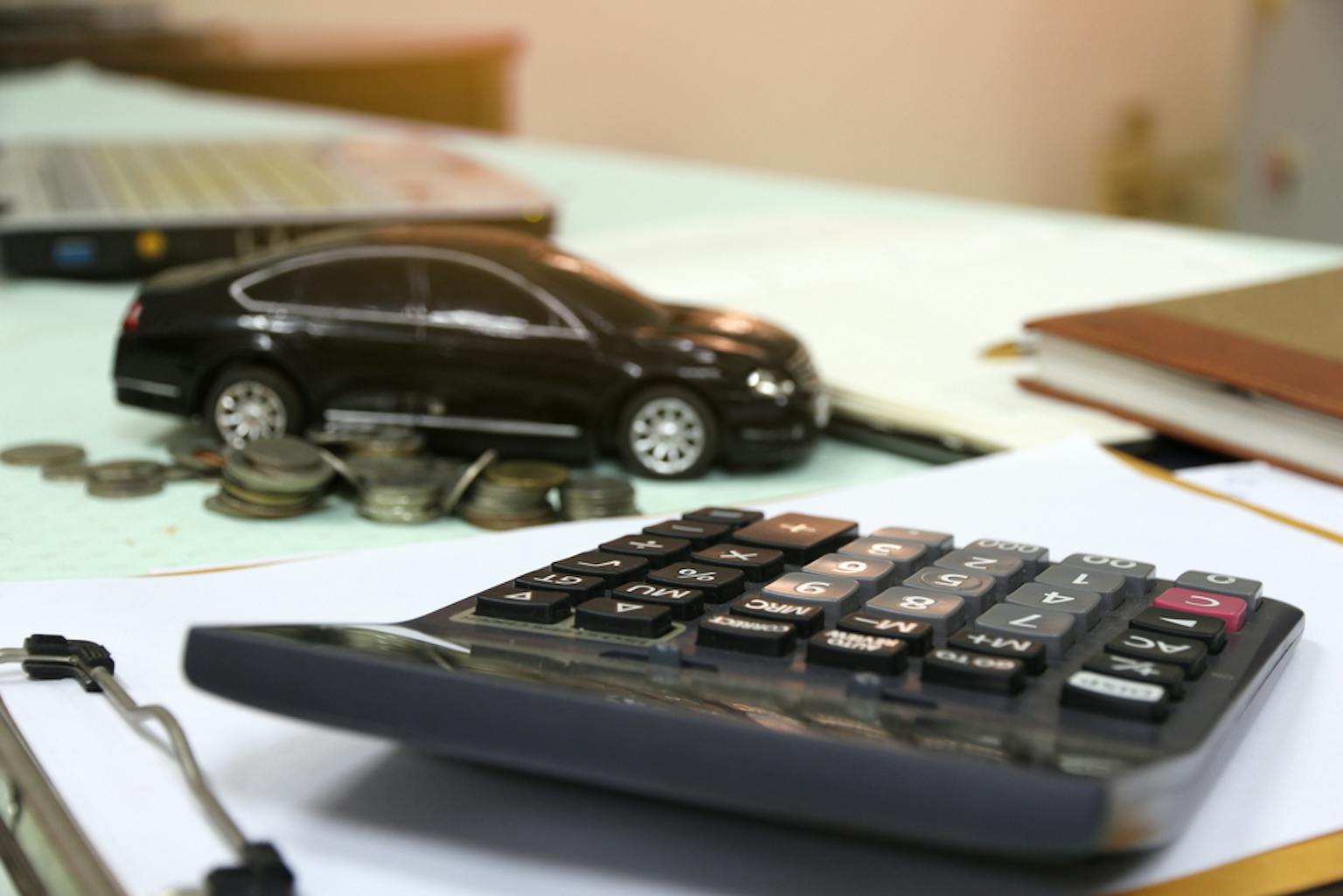
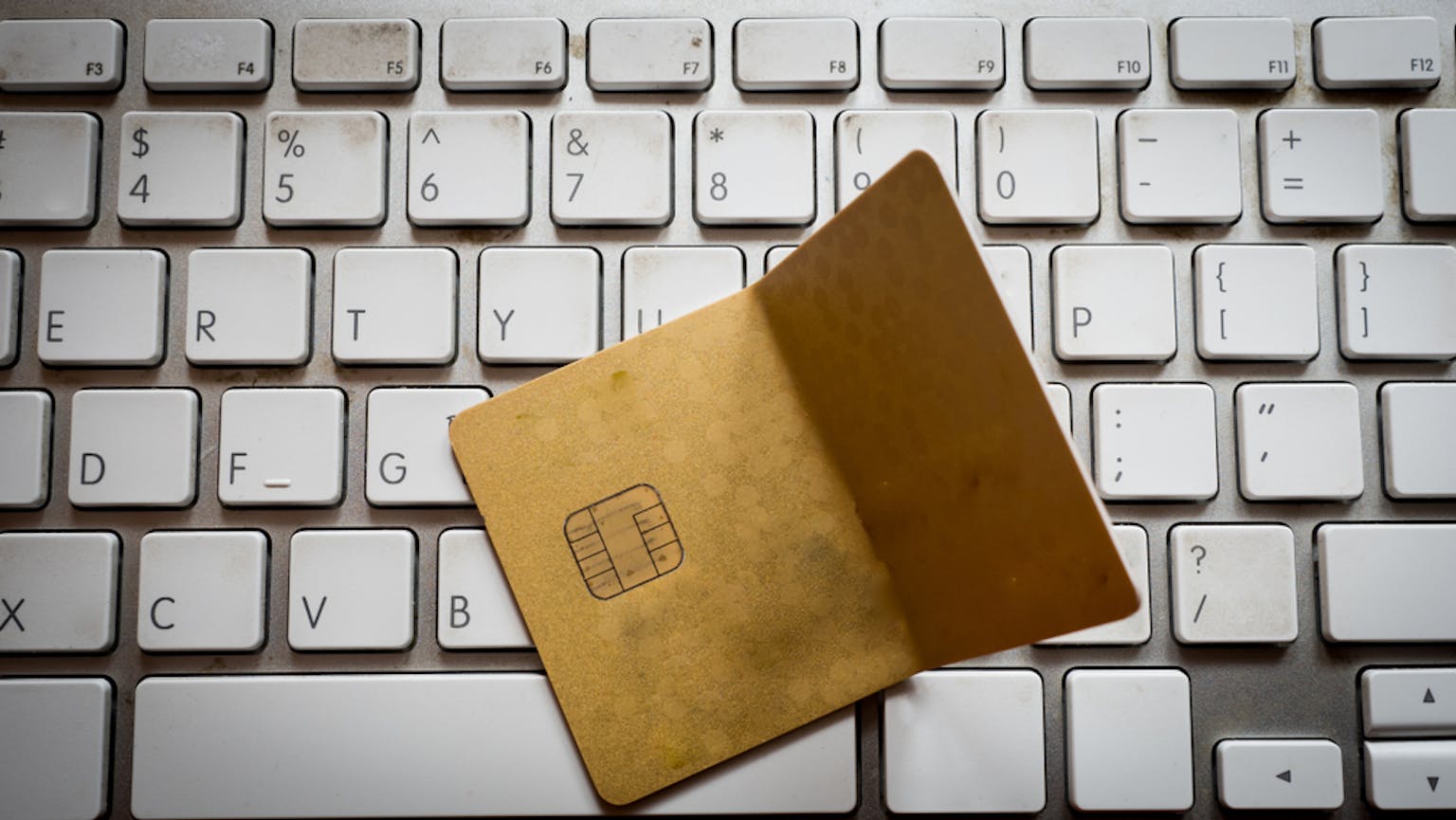




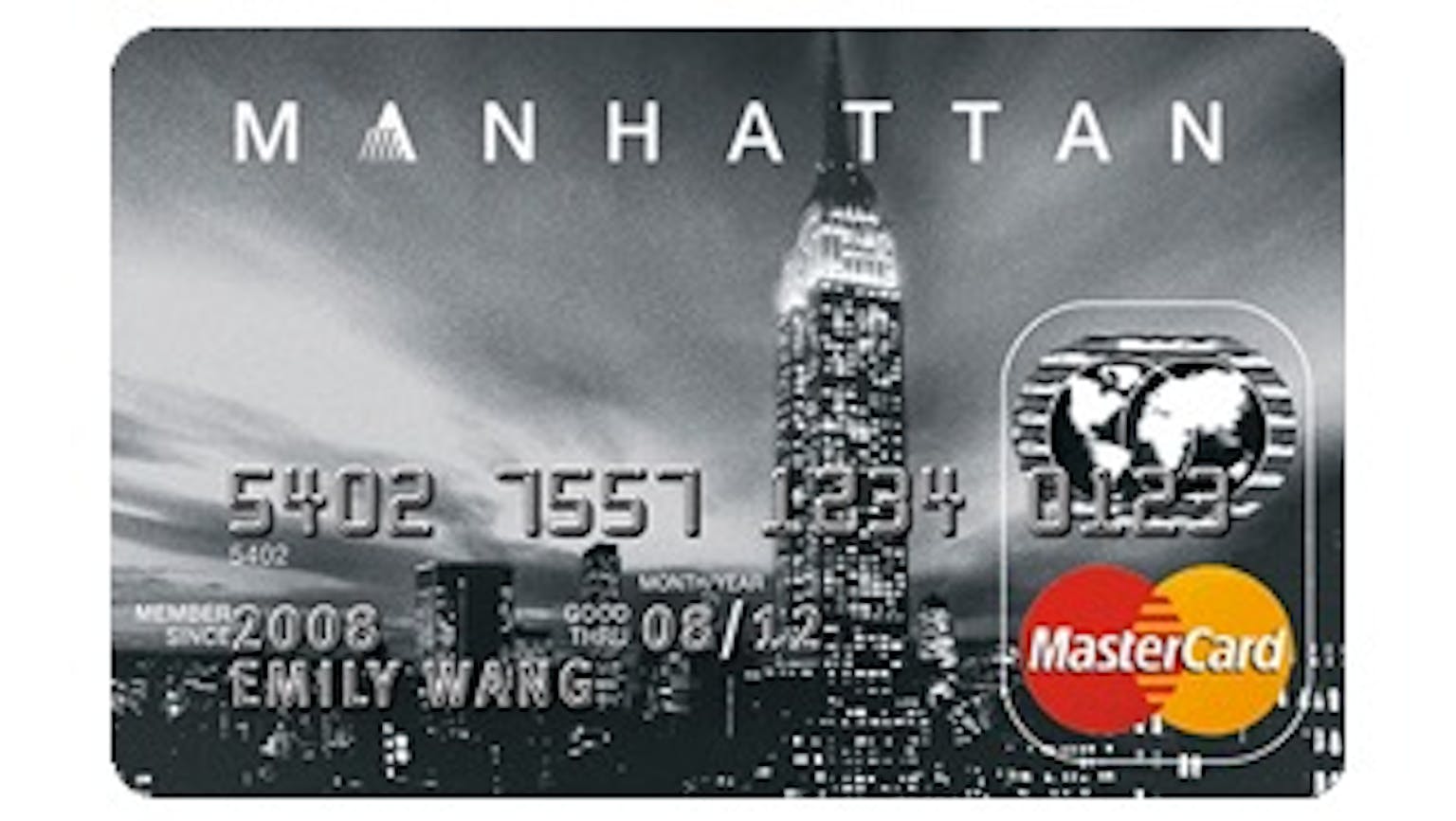
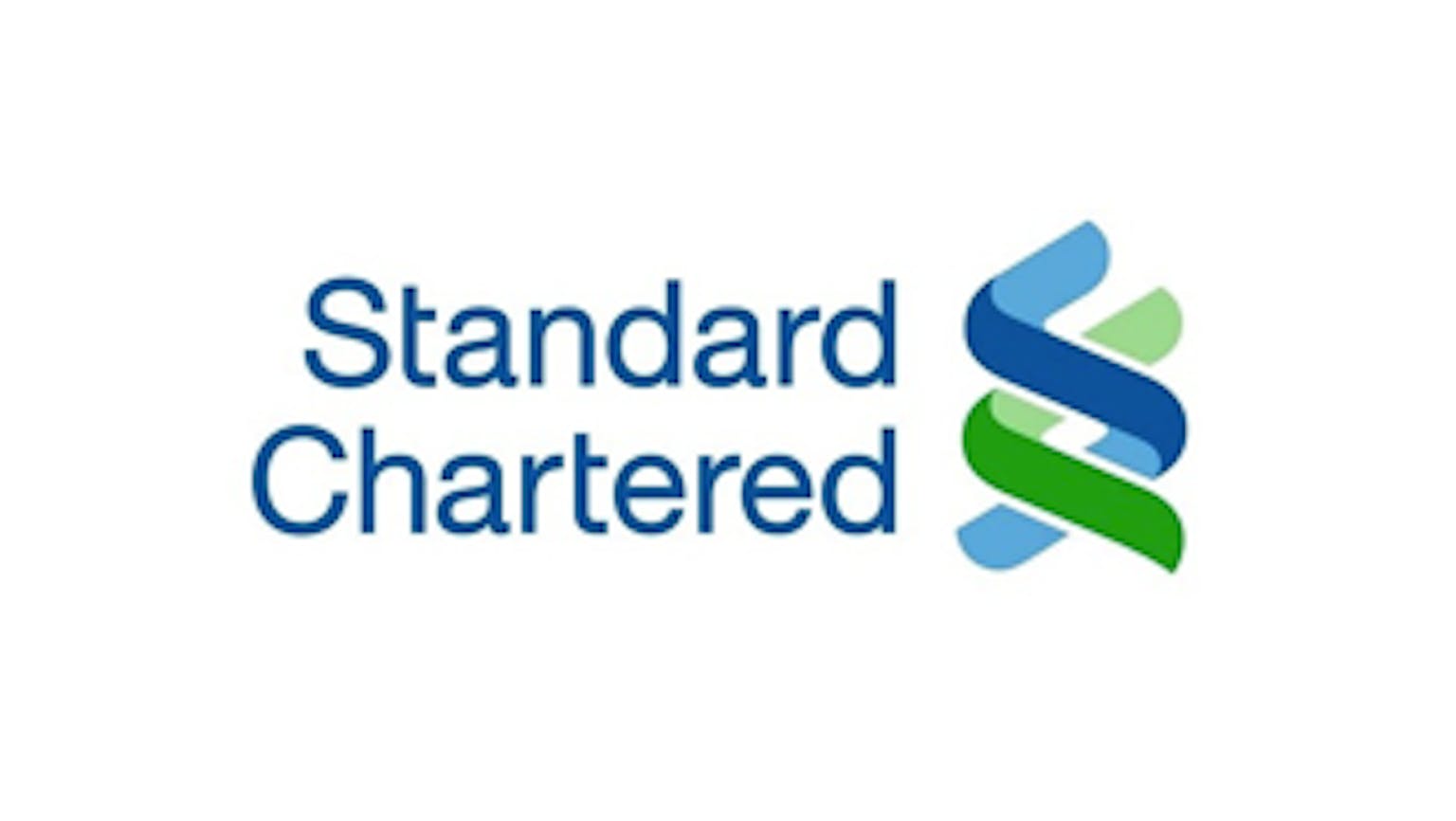
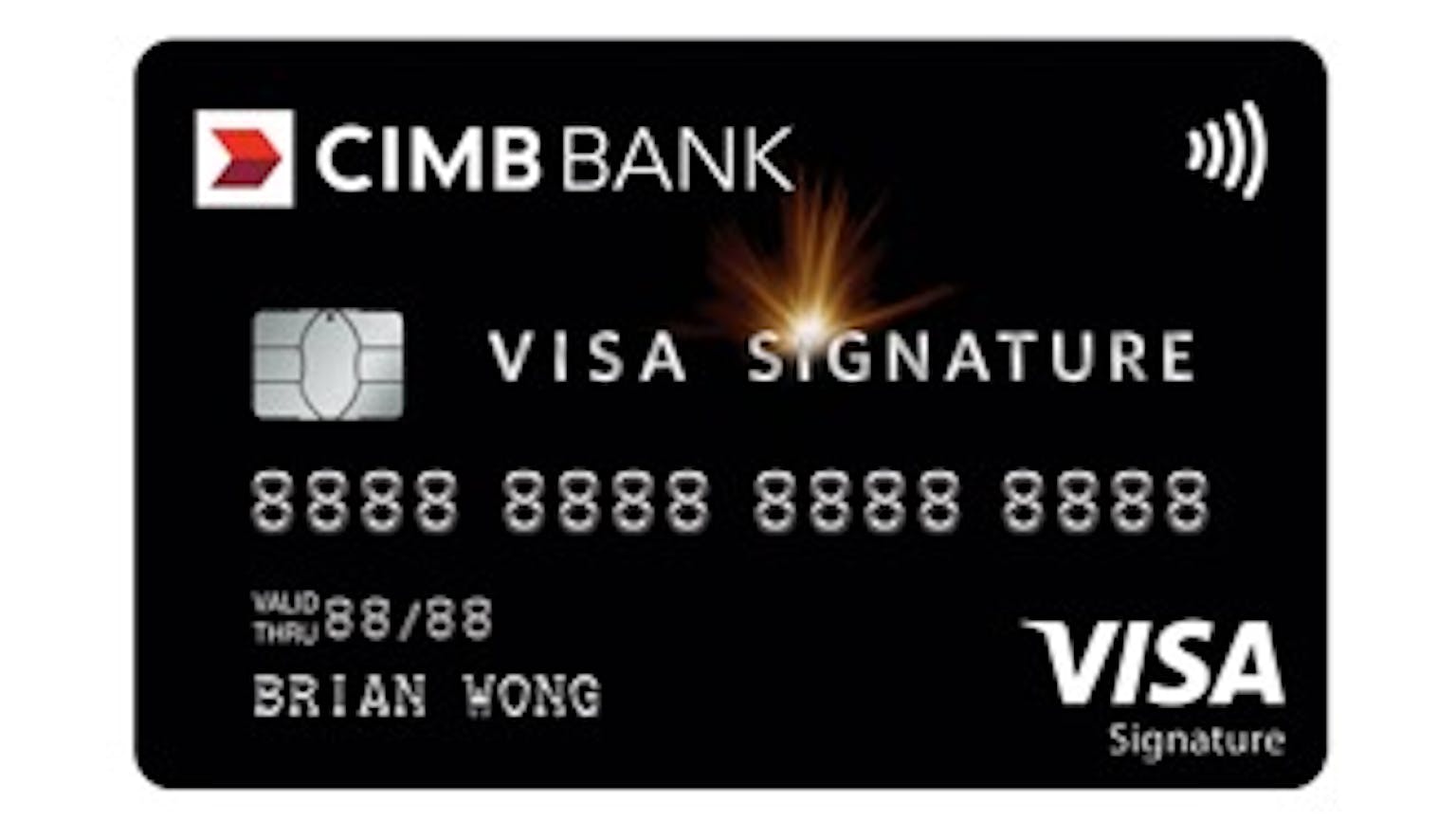

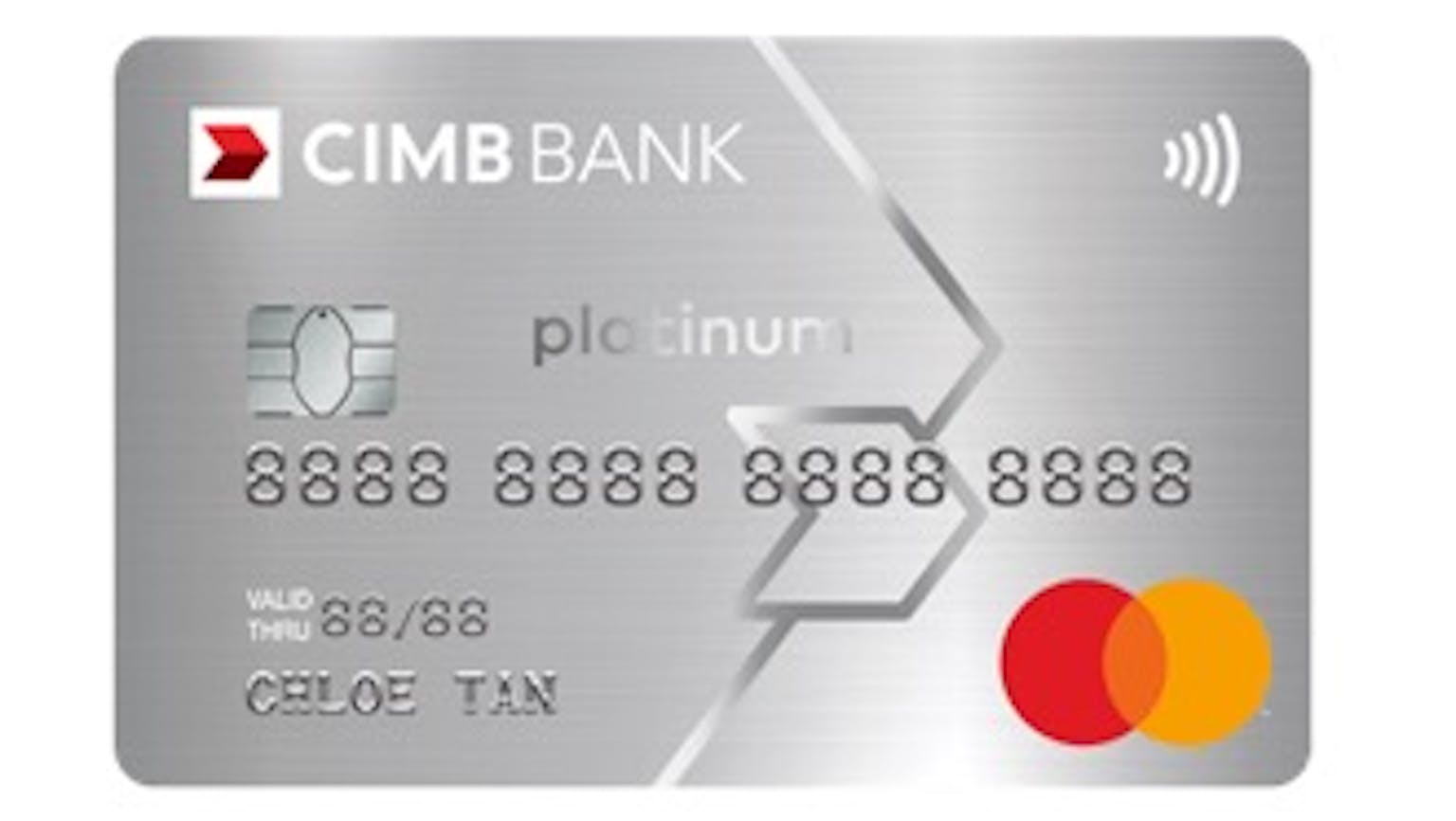
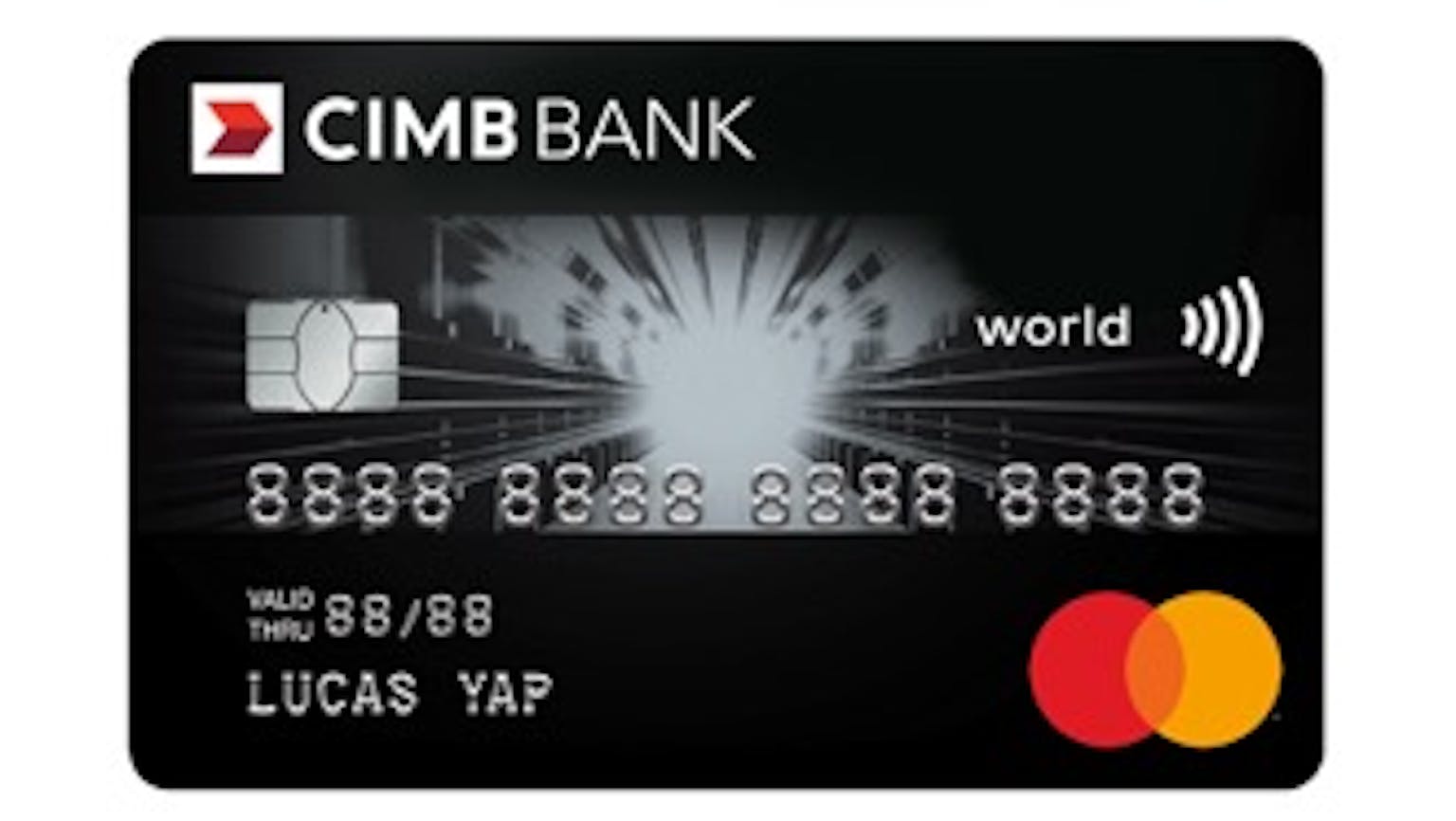

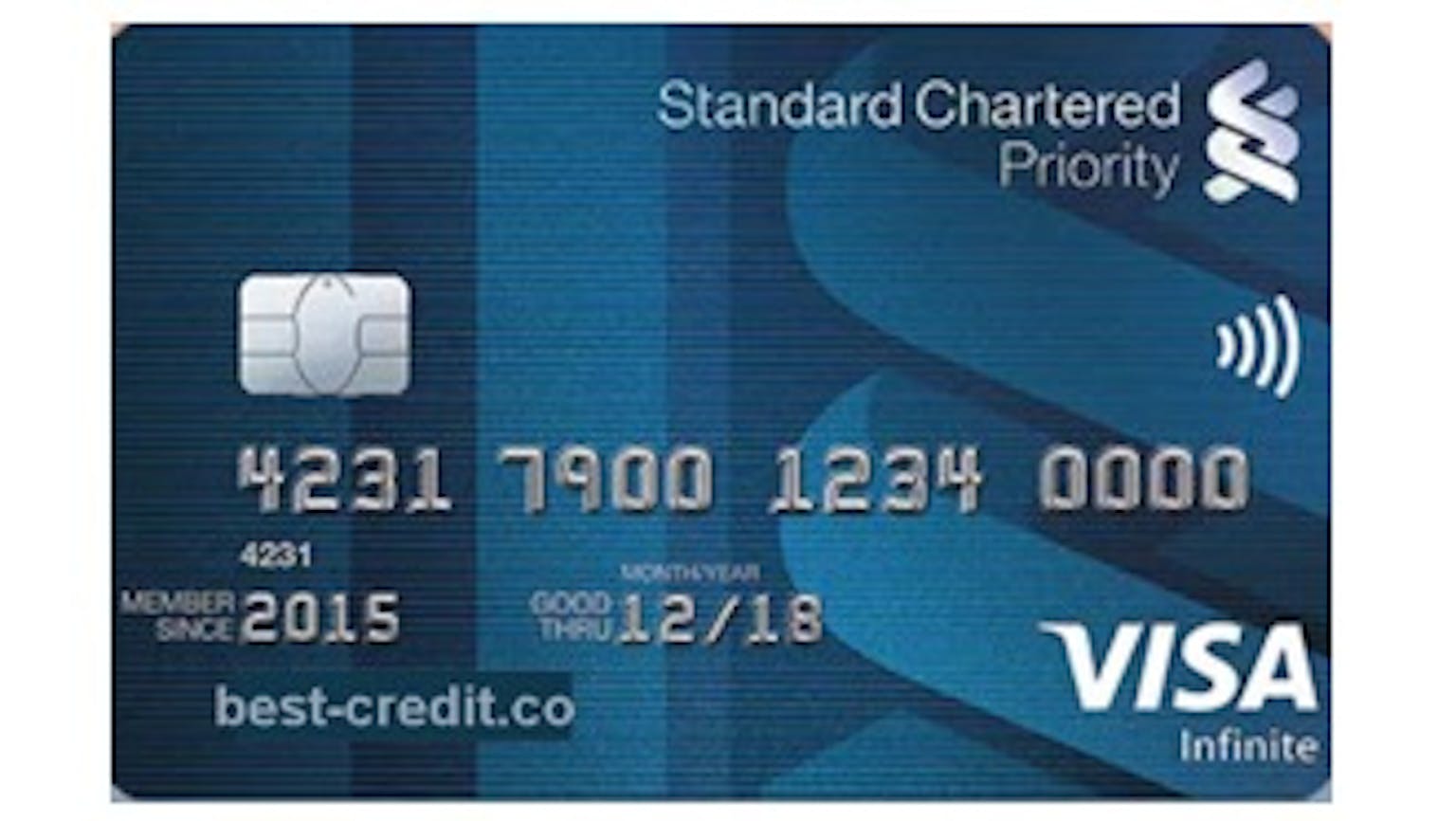

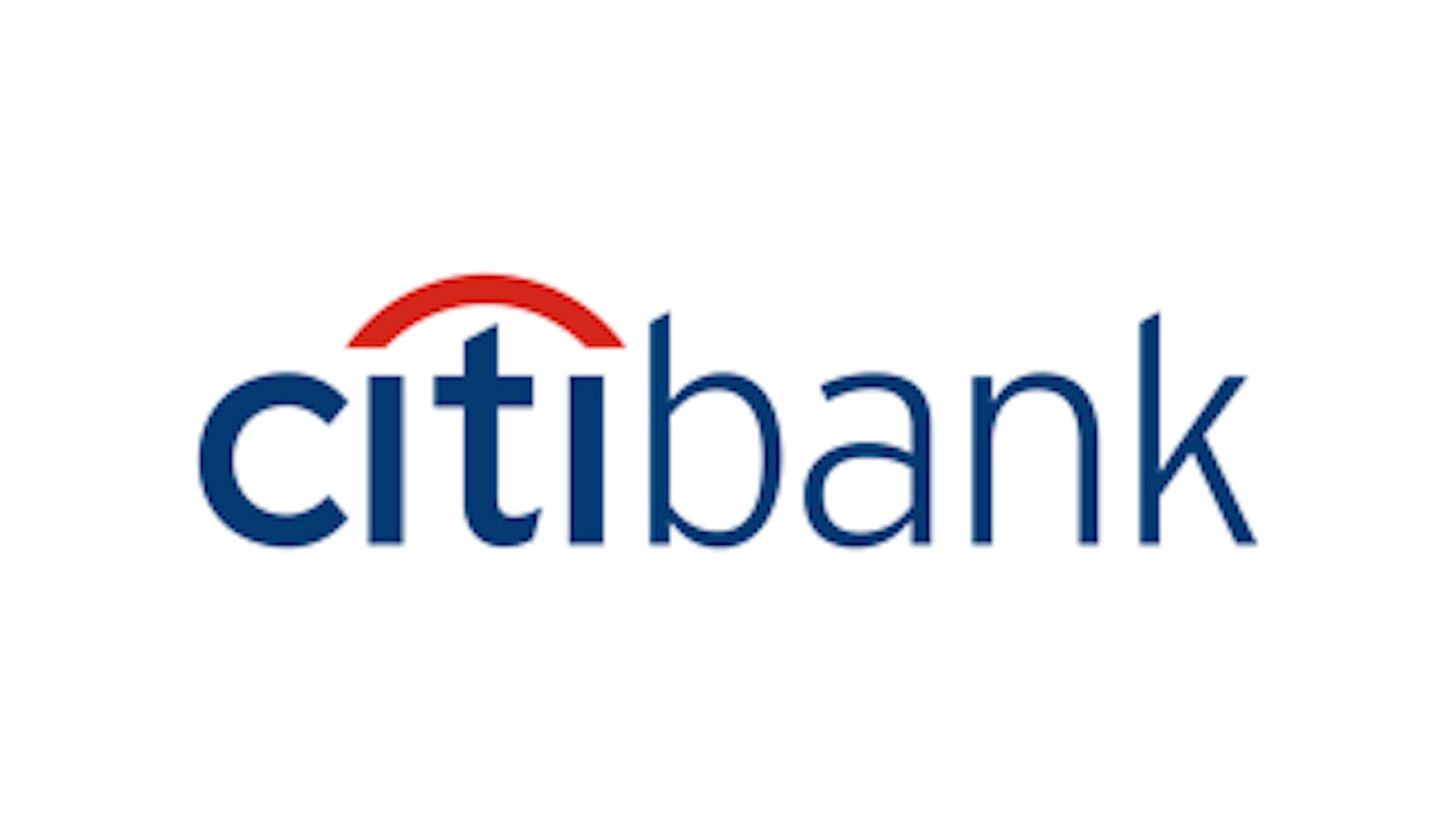
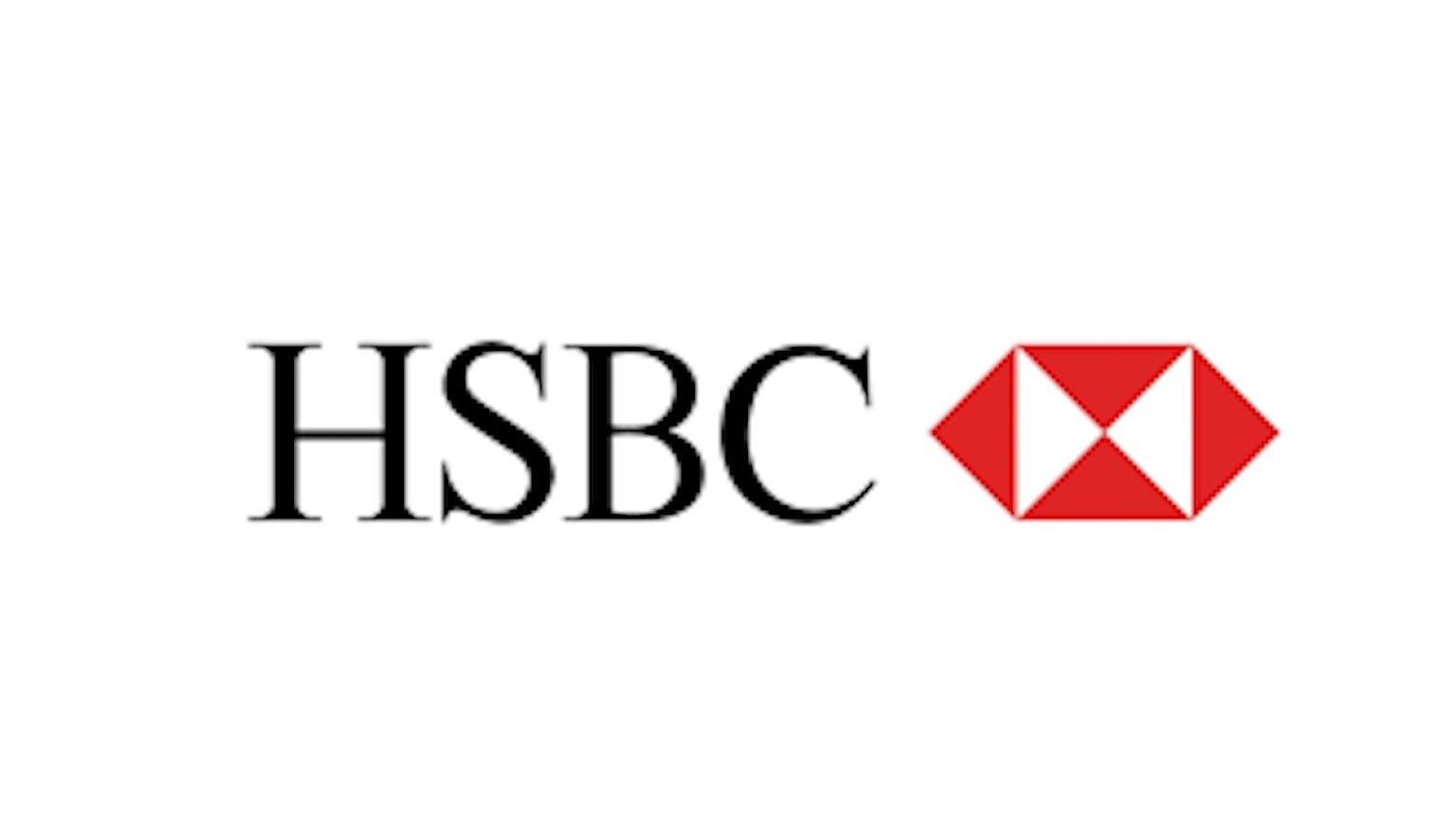
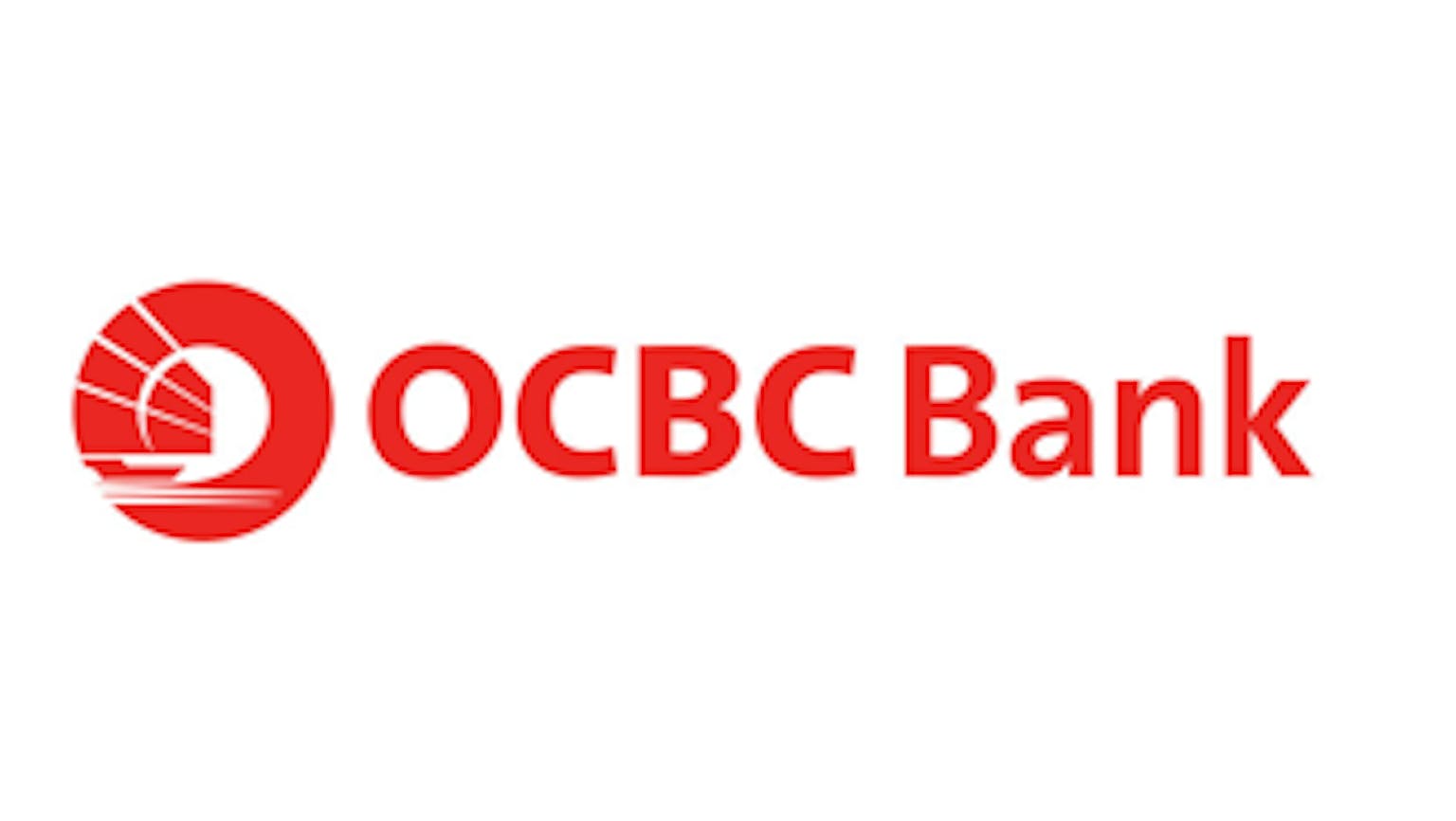
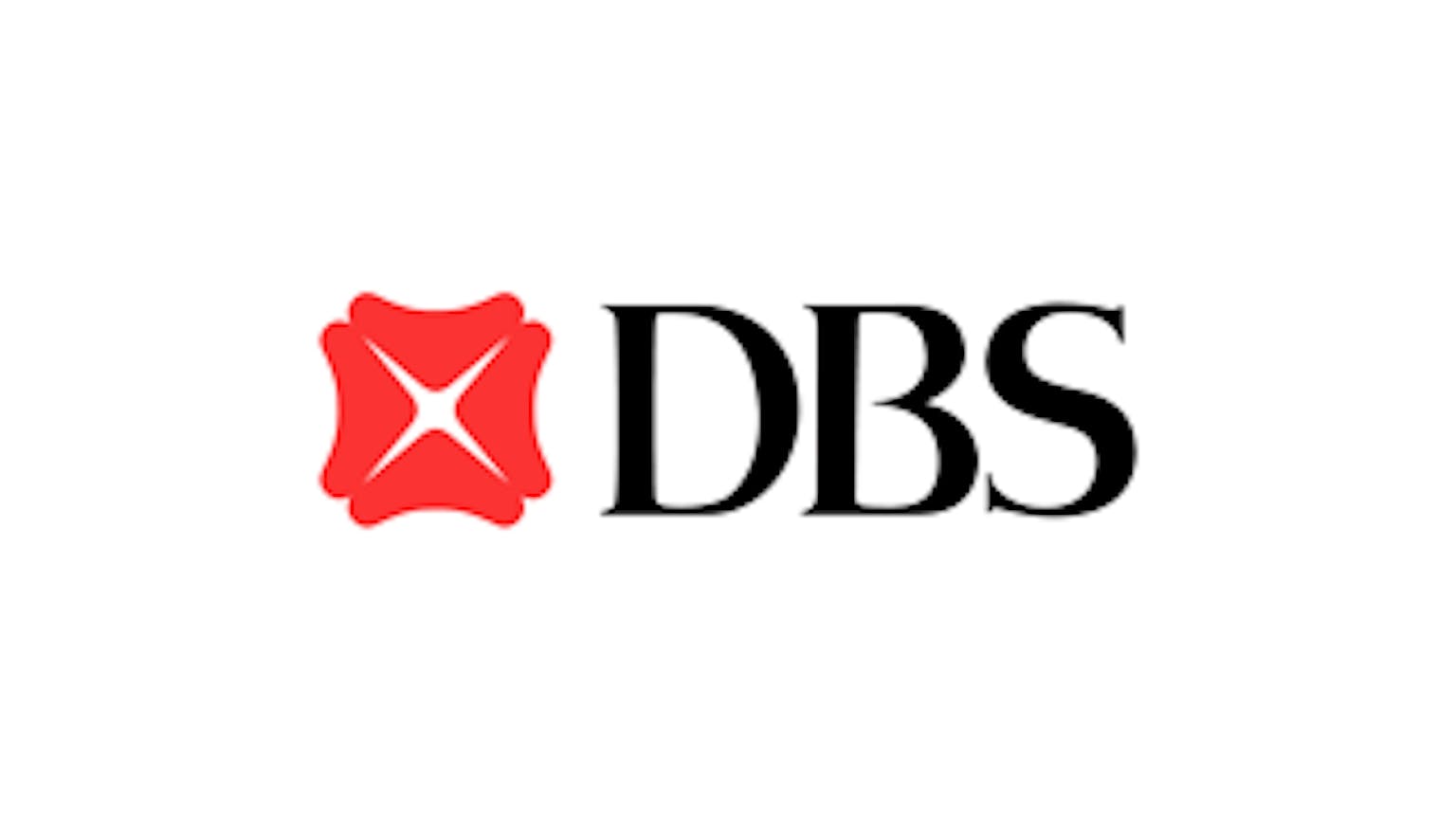

Please leave your knowledge and opinion!